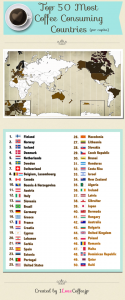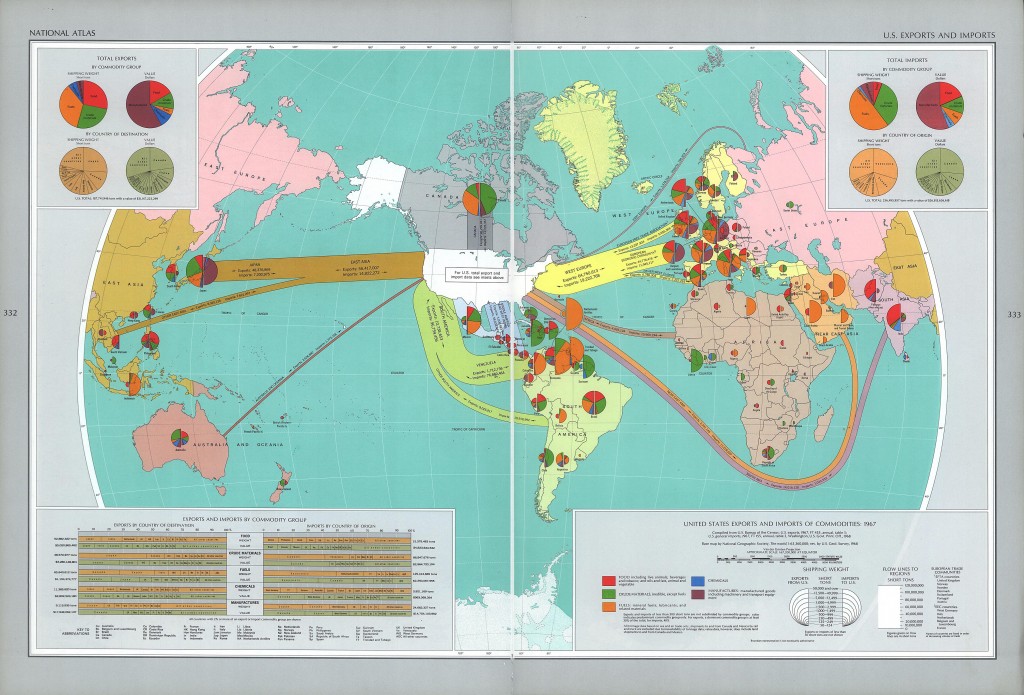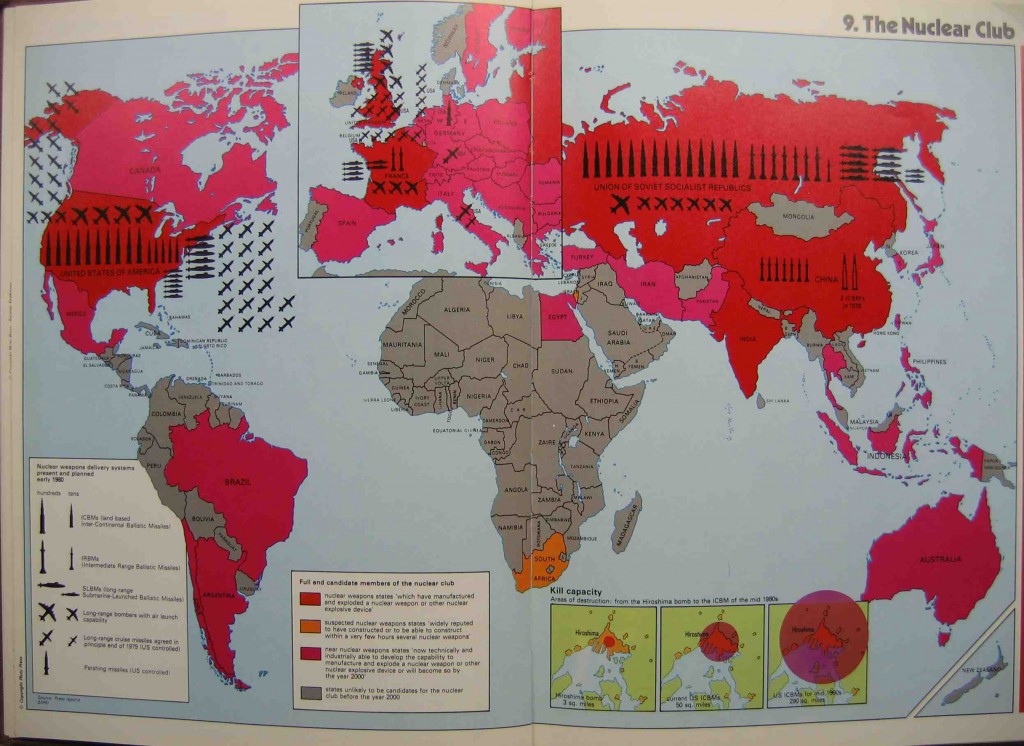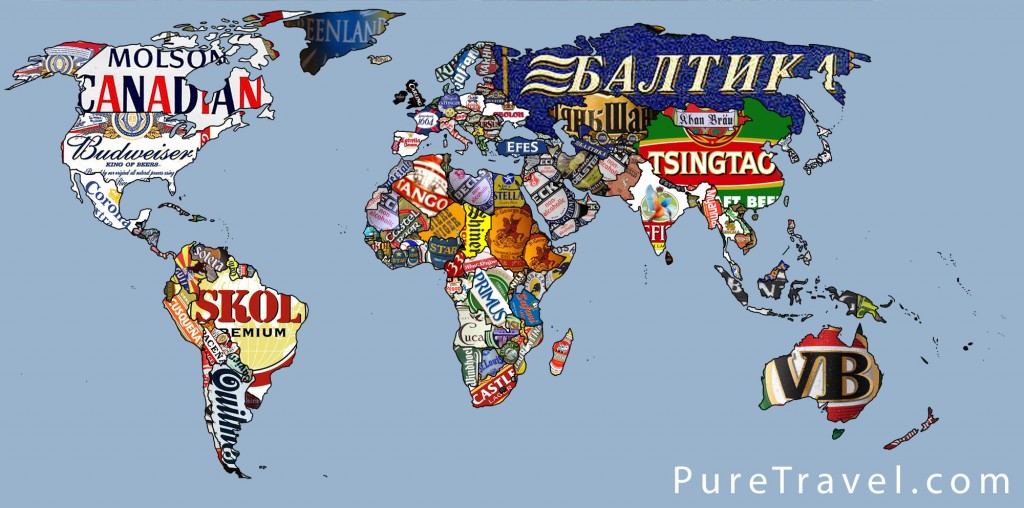
In 2011 Florida had in come from tourism of $67 billion, spent by 87.3 million tourists making tourism one of the largest business sectors in FL, and the largest tourism economy in the world [1]. The areas that cater to tourism in Florida are largely centered on the East Coast, and this was influenced by the development of the Florida East Coast Railway by Henry Flagler. A map is used by Flagler so that his advertisement immediately has credibility to readers, and appeals with an image of paradise. For the most part when the U.S. expanded, the expansion was to the west, with the East Coast already being developed. Flagler sought to transform Florida form simply being a territory into a destination. The map of “The East Coast of Florida is Paradise Regained” was a way that tourism to Florida was encouraged.
After joining John D. Rockefeller and helping to turn Standard Oil into a monopoly, Flagler’s wife was diagnosed with tuberculosis and the couple began to spend the winter months in Jacksonville to avoid colder weather, and Flagler noticed a lack of any outlet for “vacationing”. After[2] his first wife died, he went on his honeymoon with his second wife to St. Augustine and his interest in Florida was increased. Over the next two years he reduced his work with standard oil, and bought or built four hotels, a hospital, several churches, and electric, water, and sewer utilities. After trying to persuade a local short-line rail company to make a route to his hotels he ended up buying the company and having the line built himself. Once he was invested in railroads, he connected Jacksonville to St. Augustine. To promote better transportation in the state, the Florida Legislature passed a bill granting 8,000 acres of land for every mile of rail laid. Flagler took advantage of this and built a complete railway all the way down the east coast of Florida, and at several points he built resorts, including the then largest in the world. Having the largest stake in the development of Florida Flagler stood to profit the most, and once he had the structure to turn a profit he just needed a steady supply of people willing to go to an unknown destination.
Before his hotels, the main use of his railway would have been to transport produce from farms. By increasing the number of people who stayed at his hotels, he would increase the money he made from both his resorts and his railways. One of the ways that he tried to get people to come to Florida was through this map, and its portrayal of the places accessible by his trains. The map gives a sense of Florida being an opportunity waiting for whoever decides to take advantage of it, and this idea of unclaimed land appeals to the imagination of Americans with its similarity to Western Expansion, and the possibility for the current generation, or anyone who missed the chance to move West during the height of Western Expansion, to now leave their mark.
The map is centered around Florida which is blown hugely out of proportion. The size and dominance of Florida suggests that Florida is more important than it actually is. Other than Florida, the only land that has any label are neighboring islands, which are accessible by Flagler’s steamships. Florida becomes the not only the center of the world, but essentially the world itself, and the F.E.C. railroads, shown in red are the veins necessary for the function of Florida.
The title of the map openly calls Florida paradise, and the idea of Florida as a paradise is supported by other visual aspects of the map. Most of the map is ominously dark, except for the east coast of Florida, which is illuminated by a light coming out of the sky, implying that some higher power is showing favor on this area and that anyone who was in the area would benefit, and that this is one of the few, if not the only place, not oppressed by the storm that is everywhere else. The whole world, being comprised of Florida, is shown coming out of clouds or fog. The phrasing of the title is a play on the name of a 17th century poem, “Paradise Lost” by John Milton, which is an epic poem based on the bible. By having a title similar to the famous poem, the map is able to package a large story into a 9 word title that is intended to have its audience associate the East Coast of Florida with a long lost promised land.
[1] http://www.flgov.com/gov-rick-scott-another-record-year-for-florida-tourism-2/
[2] https://flaglermuseum.us/history/flagler-biography






 Looking at the map, you notice that there is an overwhelming amount of blue area. Looking closer, it doesn’t even look like a map, much less a map of the entire world. If not for the title, “Children’s World Map,” it would be hard to believe that this is a map at all. As indicated by the line beneath the title, this map only includes countries that have a ban on the corporal punishment of children. Corporal punishment is defined as the use of physical force causing pain, but not wounds as a means of discipline. This map is compelling because it uses a few techniques to make an argument to promote social change.
Looking at the map, you notice that there is an overwhelming amount of blue area. Looking closer, it doesn’t even look like a map, much less a map of the entire world. If not for the title, “Children’s World Map,” it would be hard to believe that this is a map at all. As indicated by the line beneath the title, this map only includes countries that have a ban on the corporal punishment of children. Corporal punishment is defined as the use of physical force causing pain, but not wounds as a means of discipline. This map is compelling because it uses a few techniques to make an argument to promote social change.


